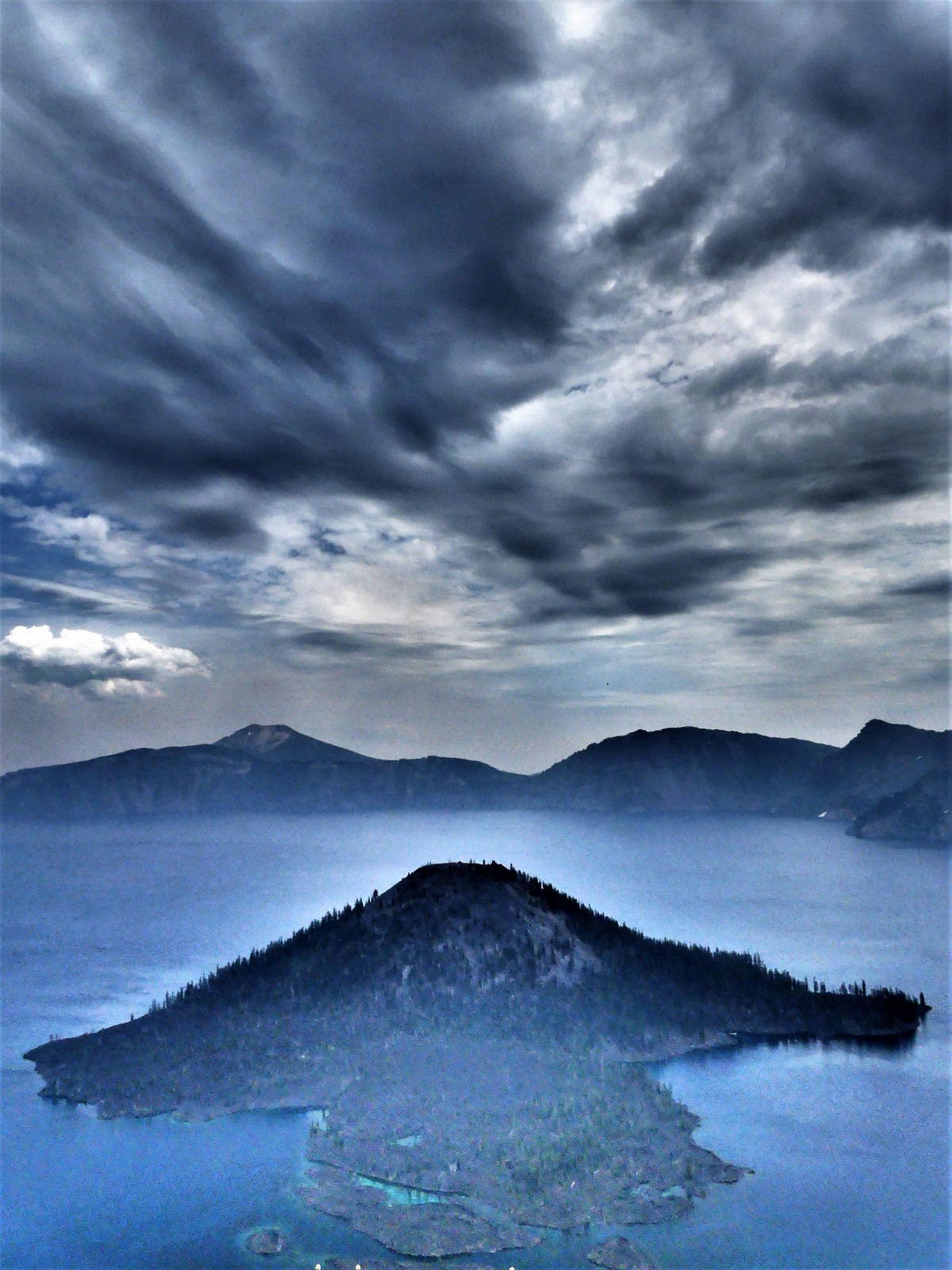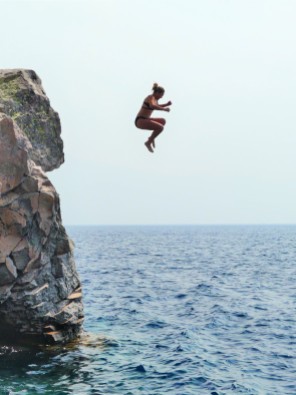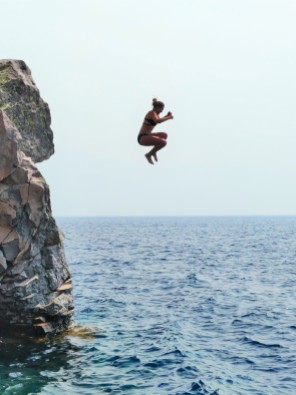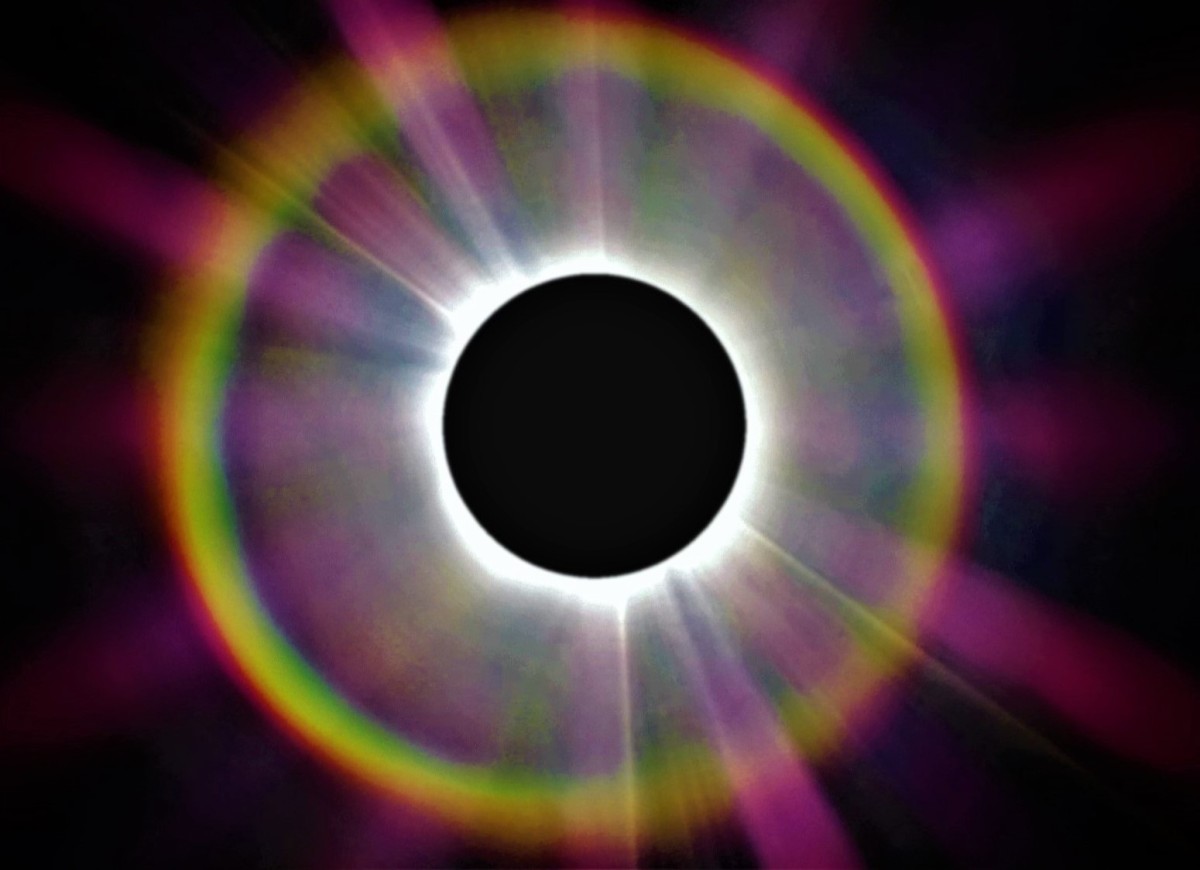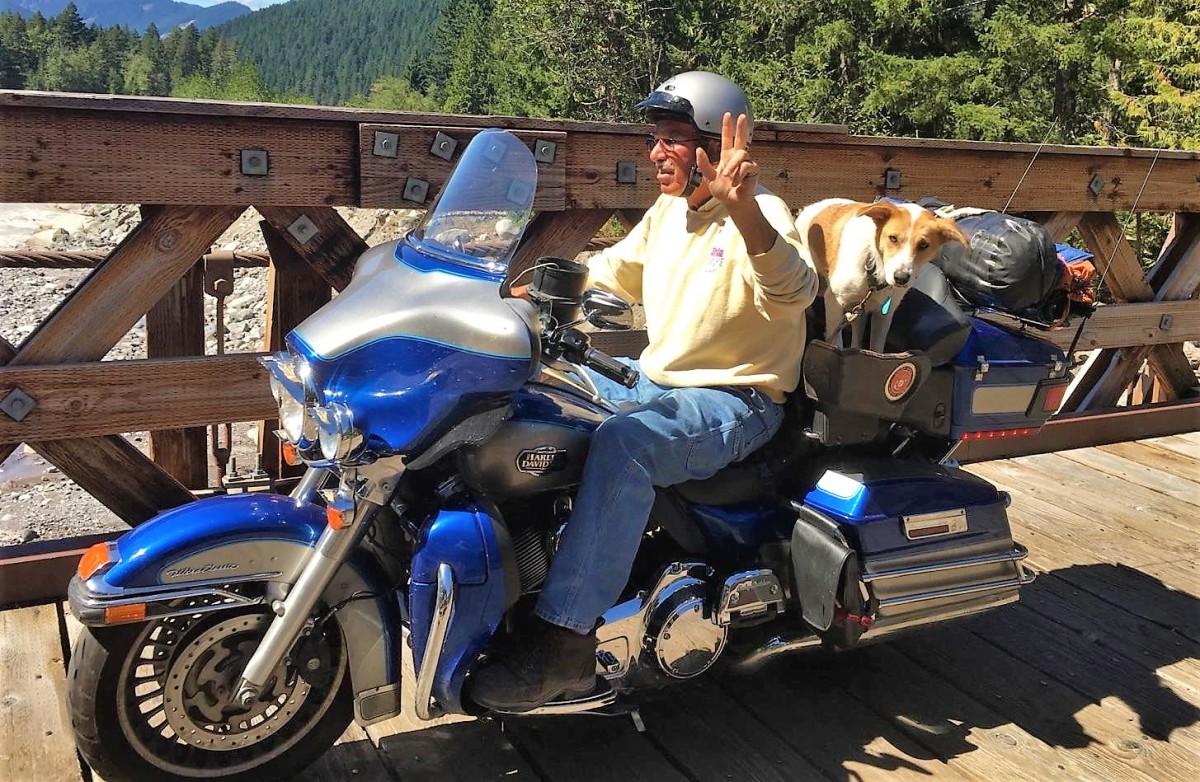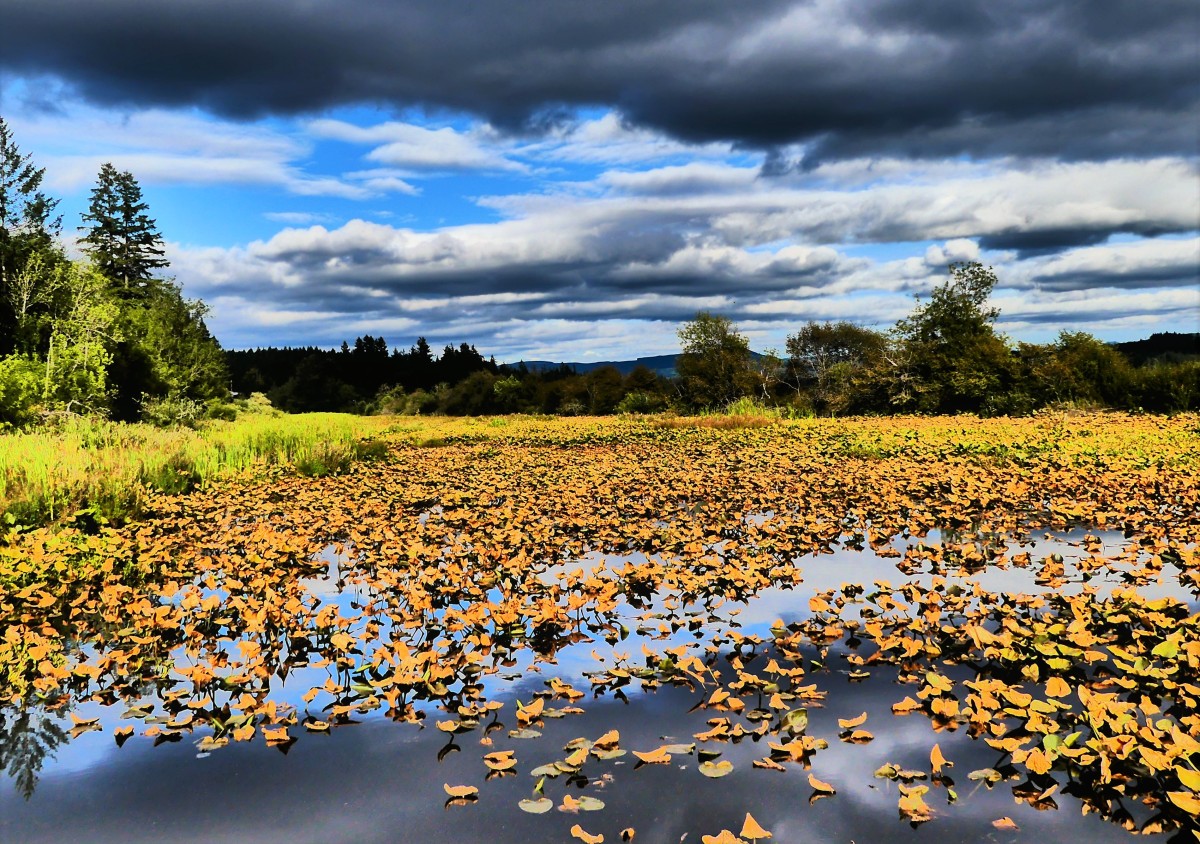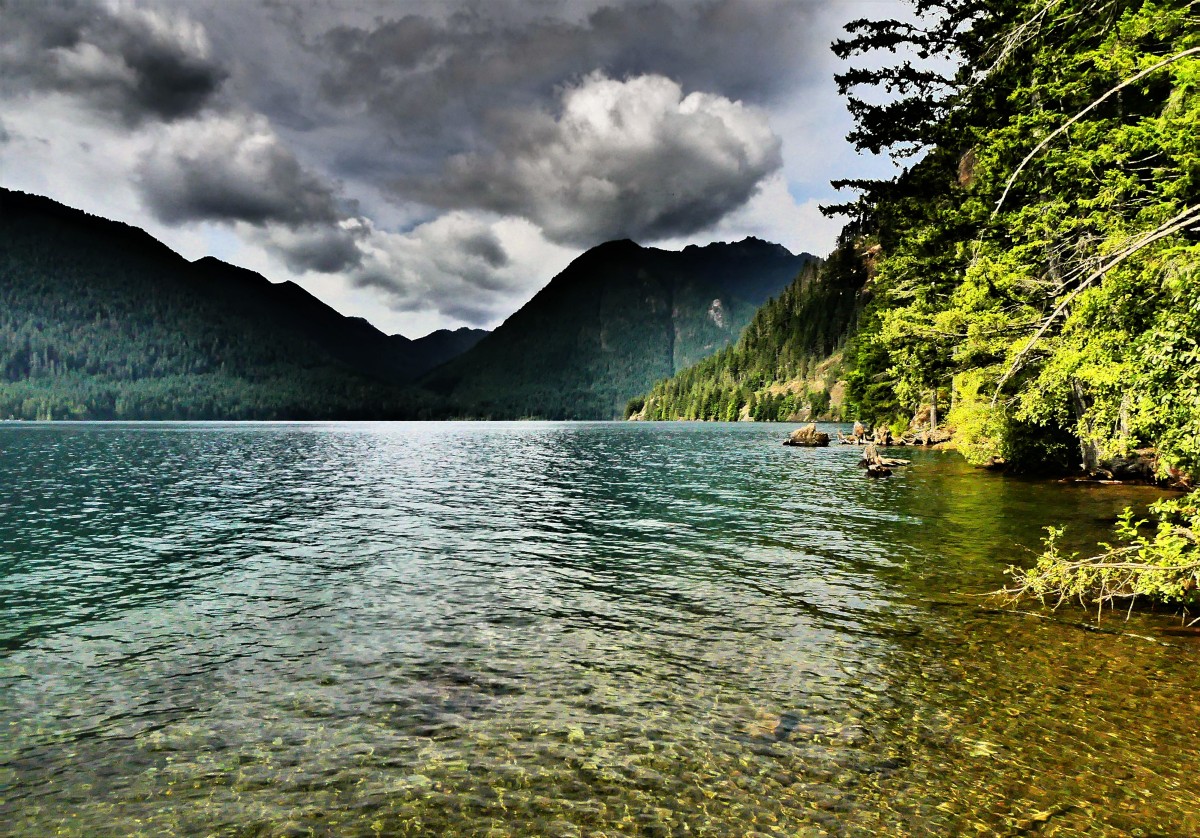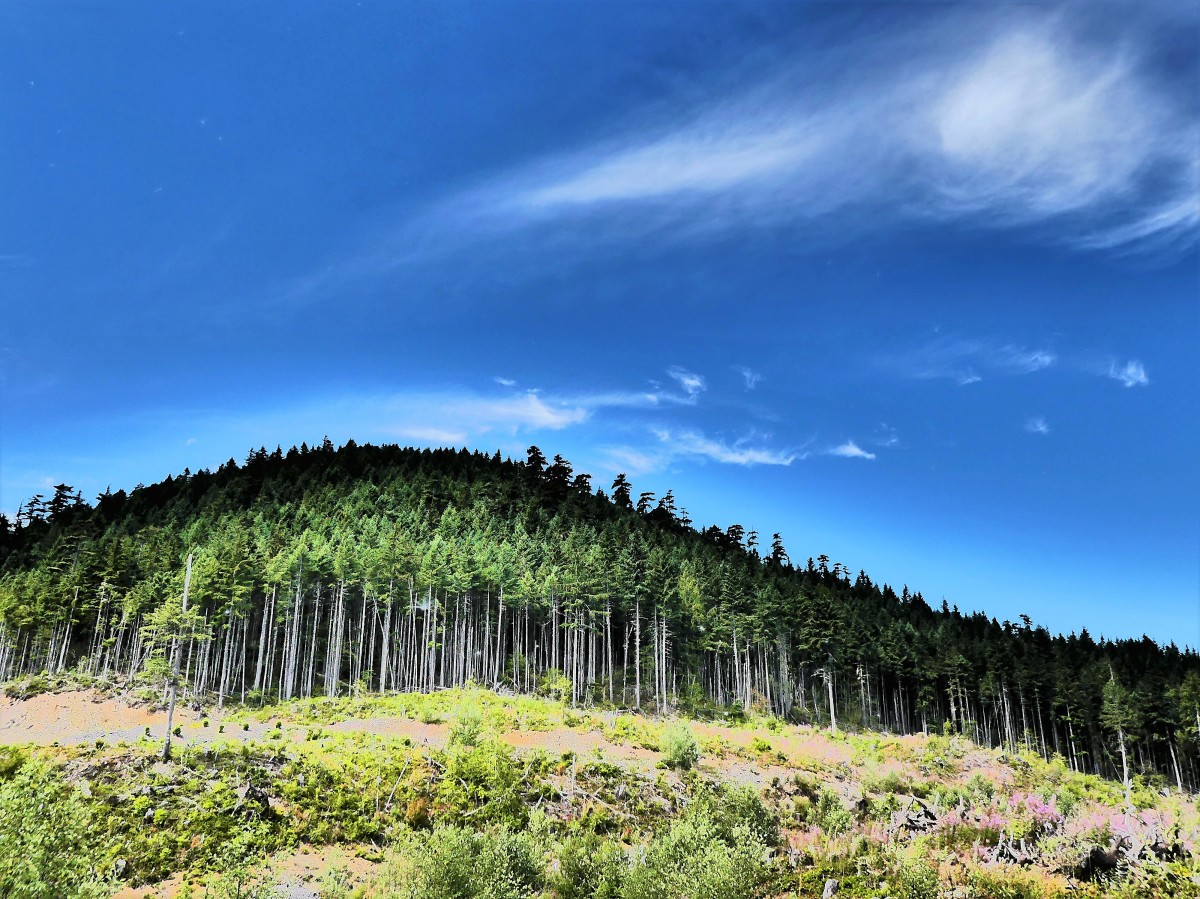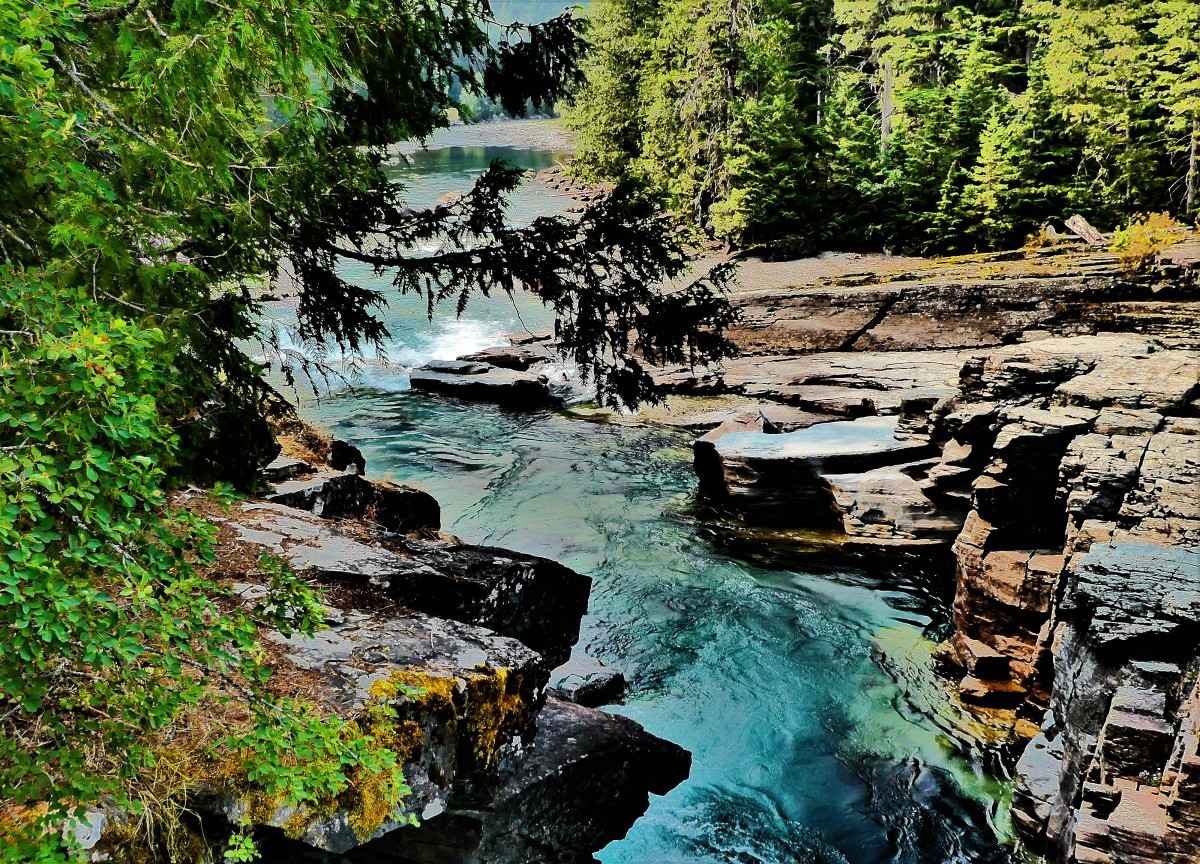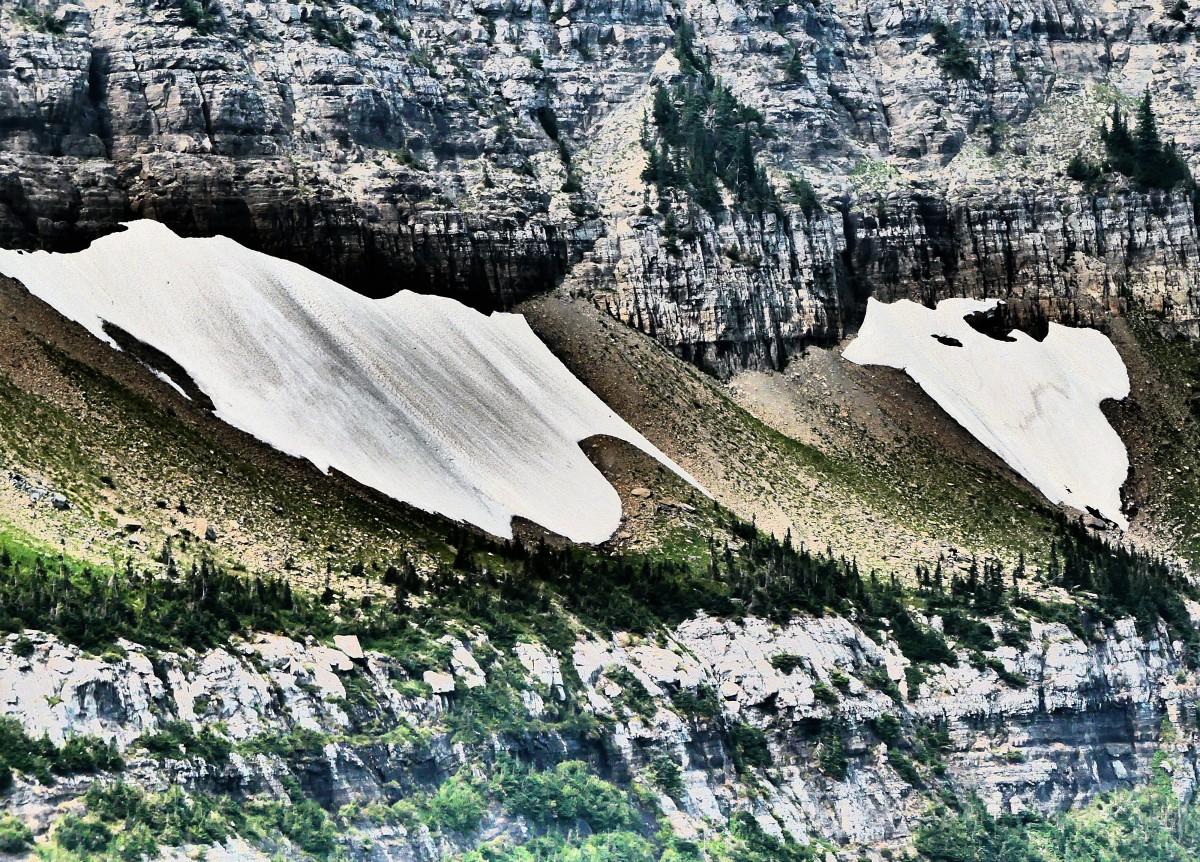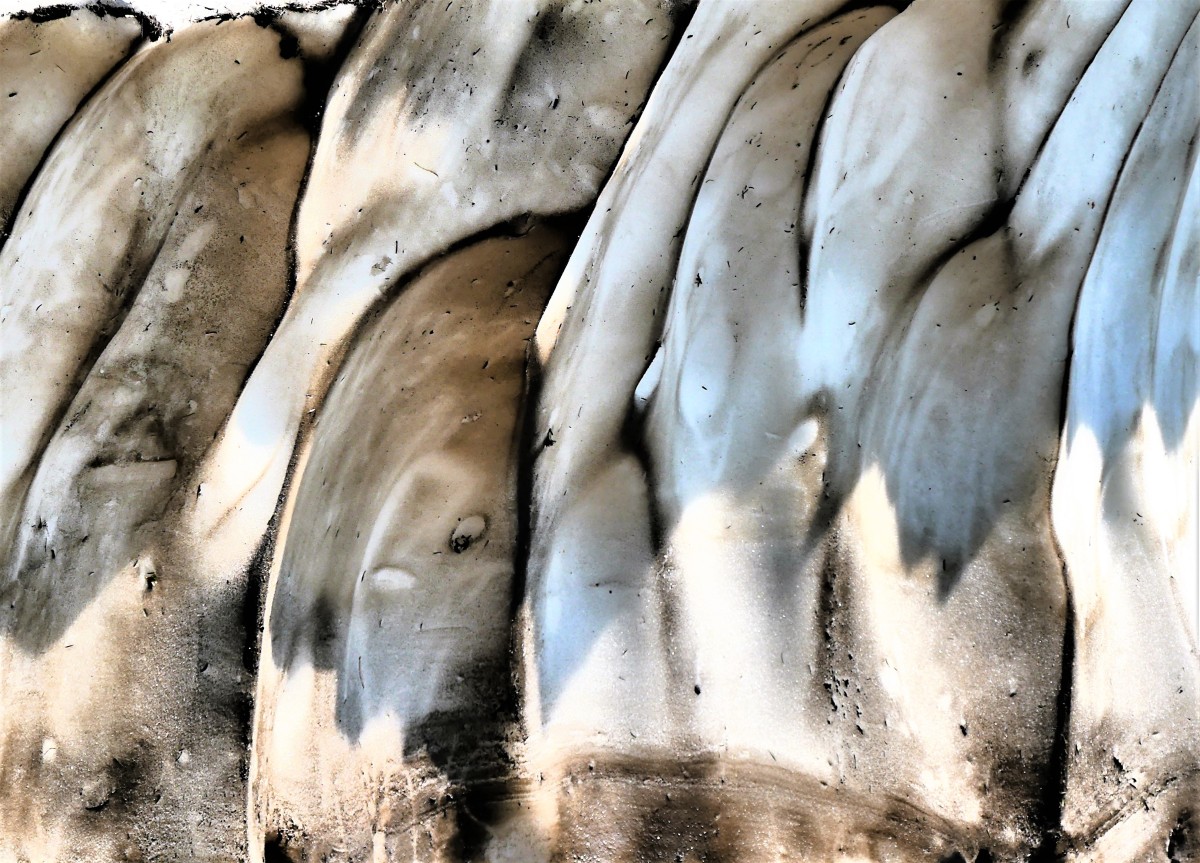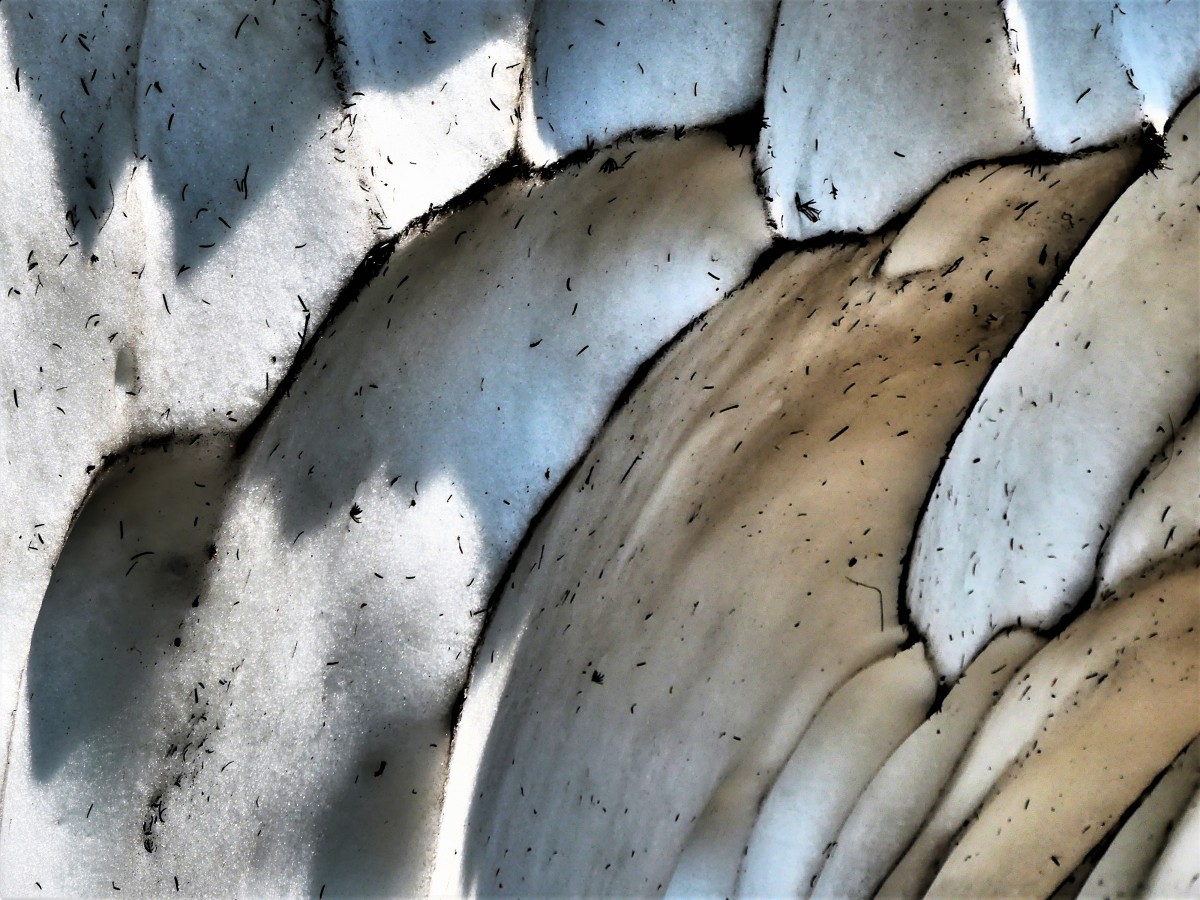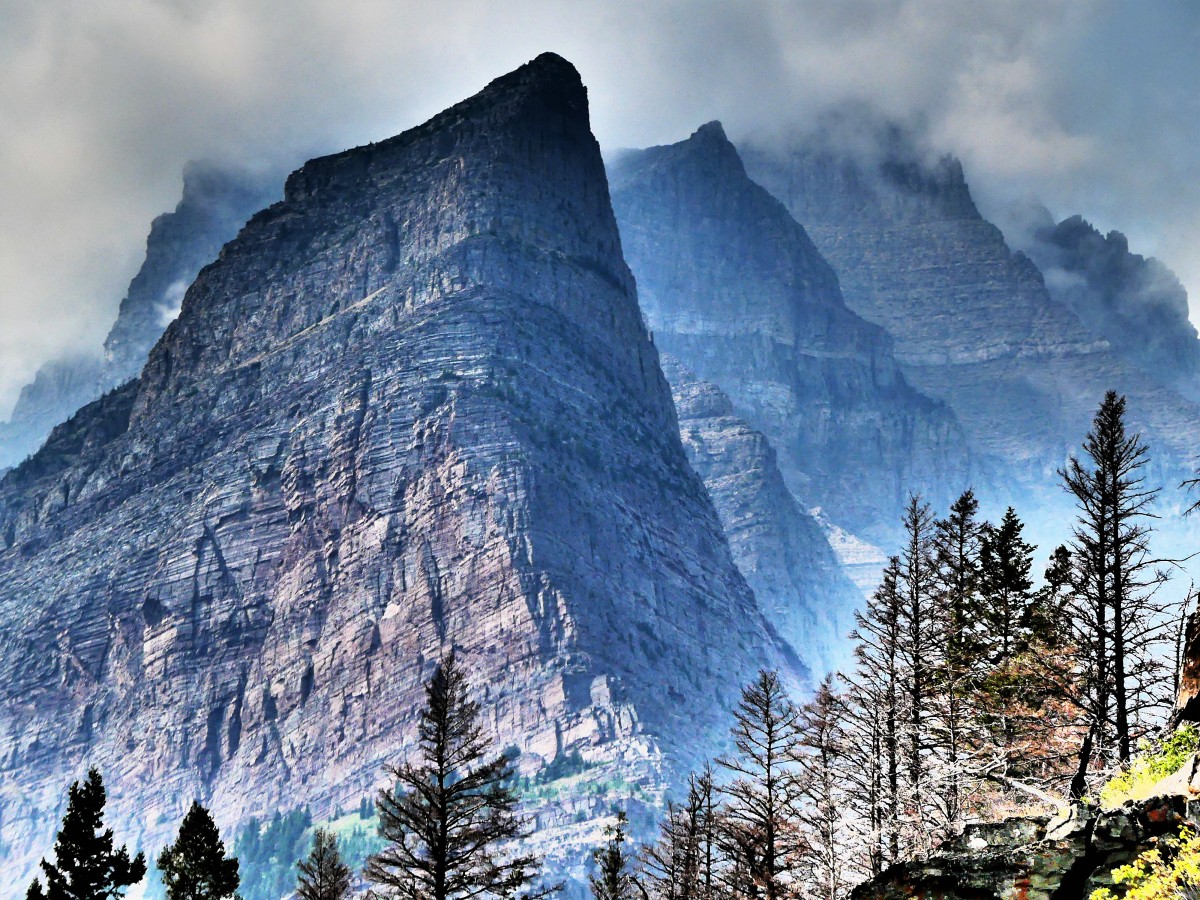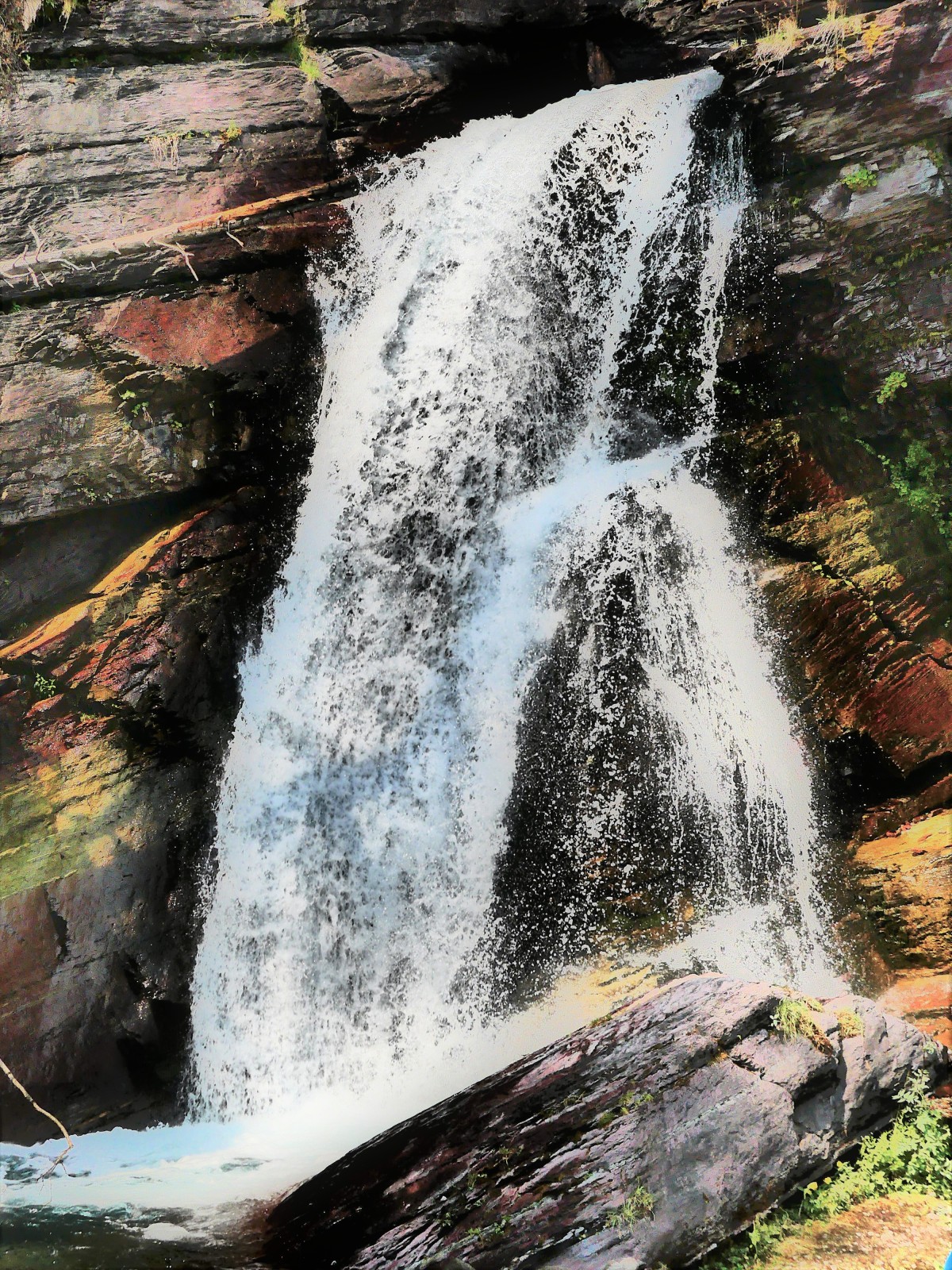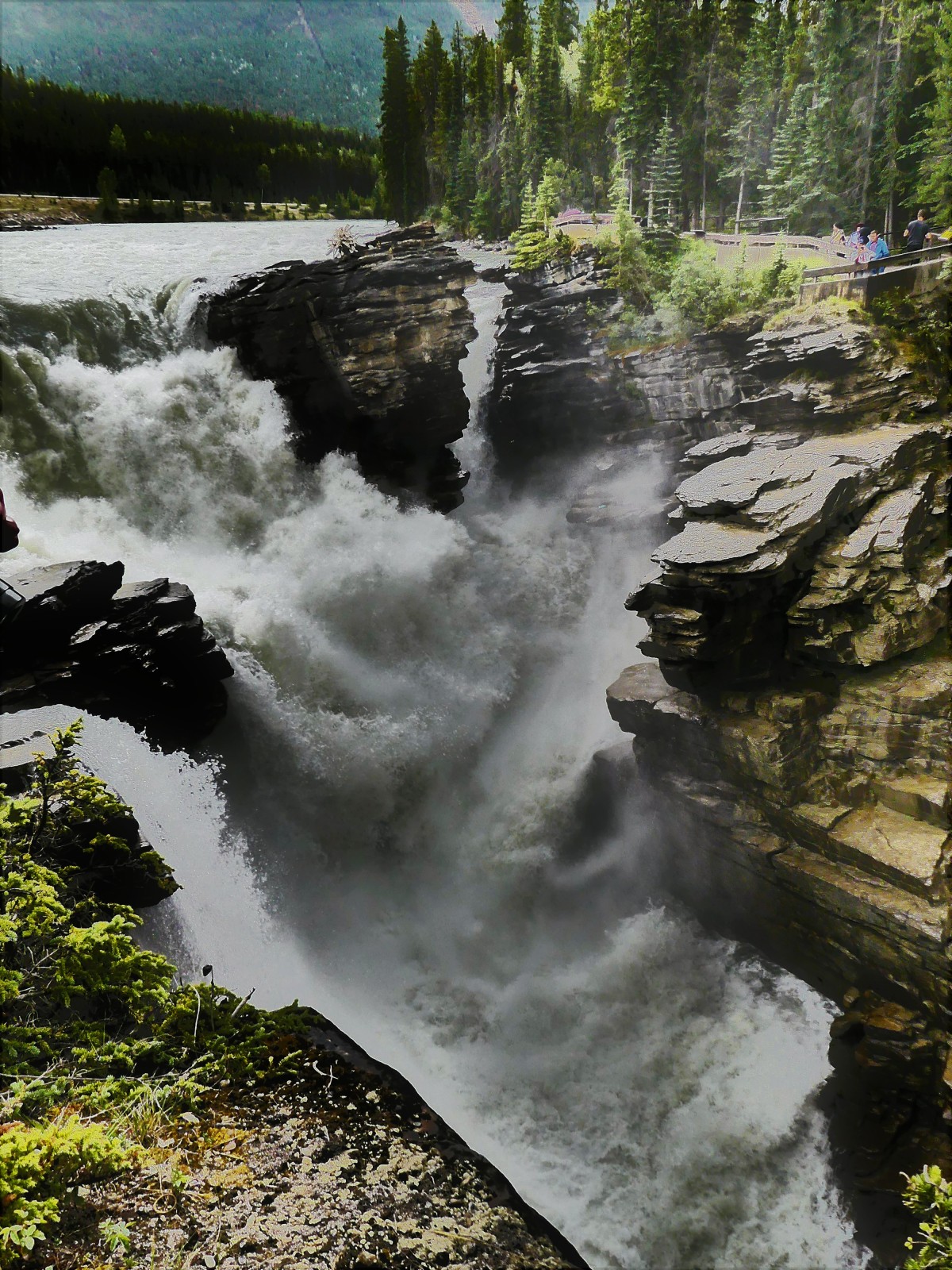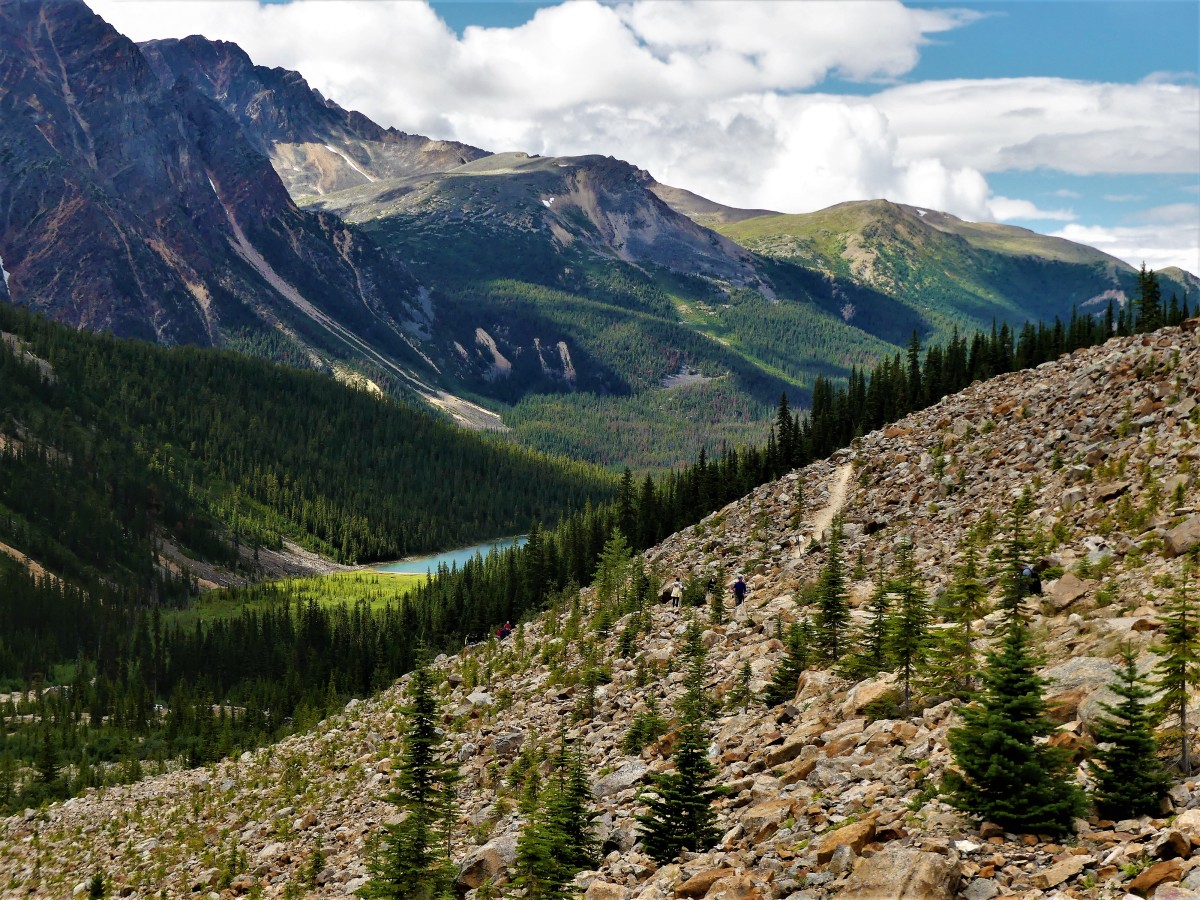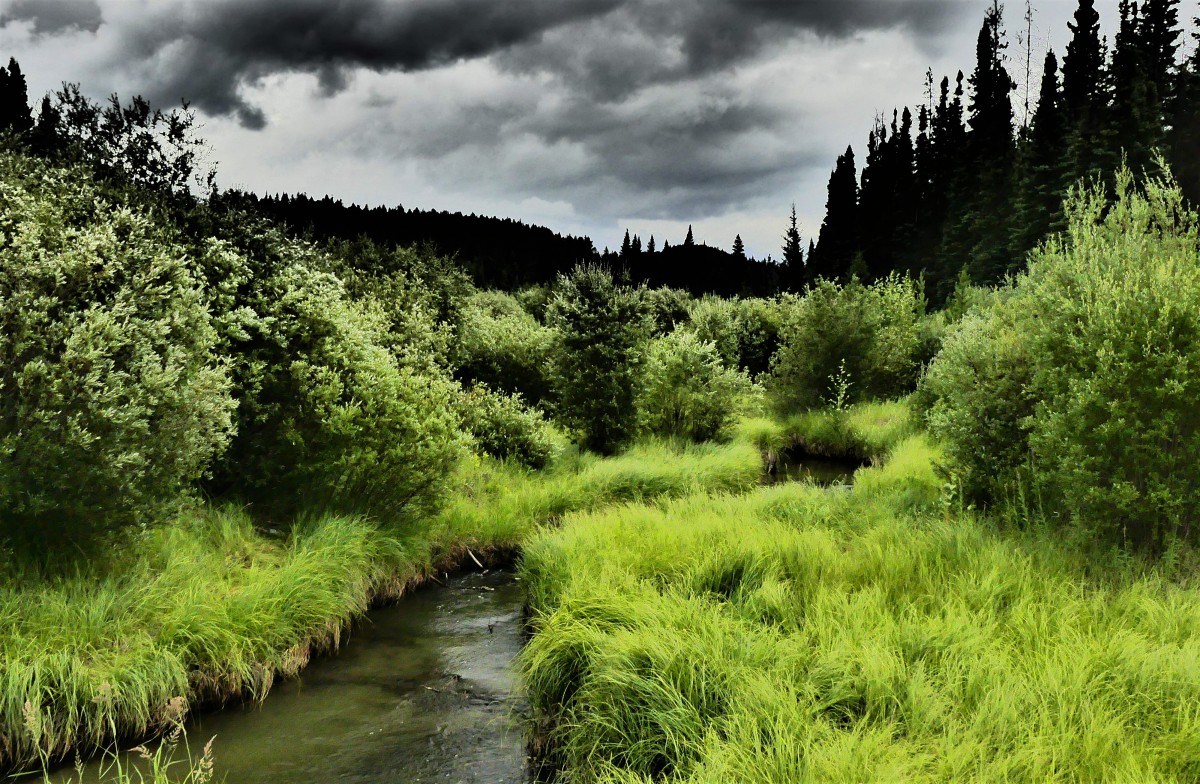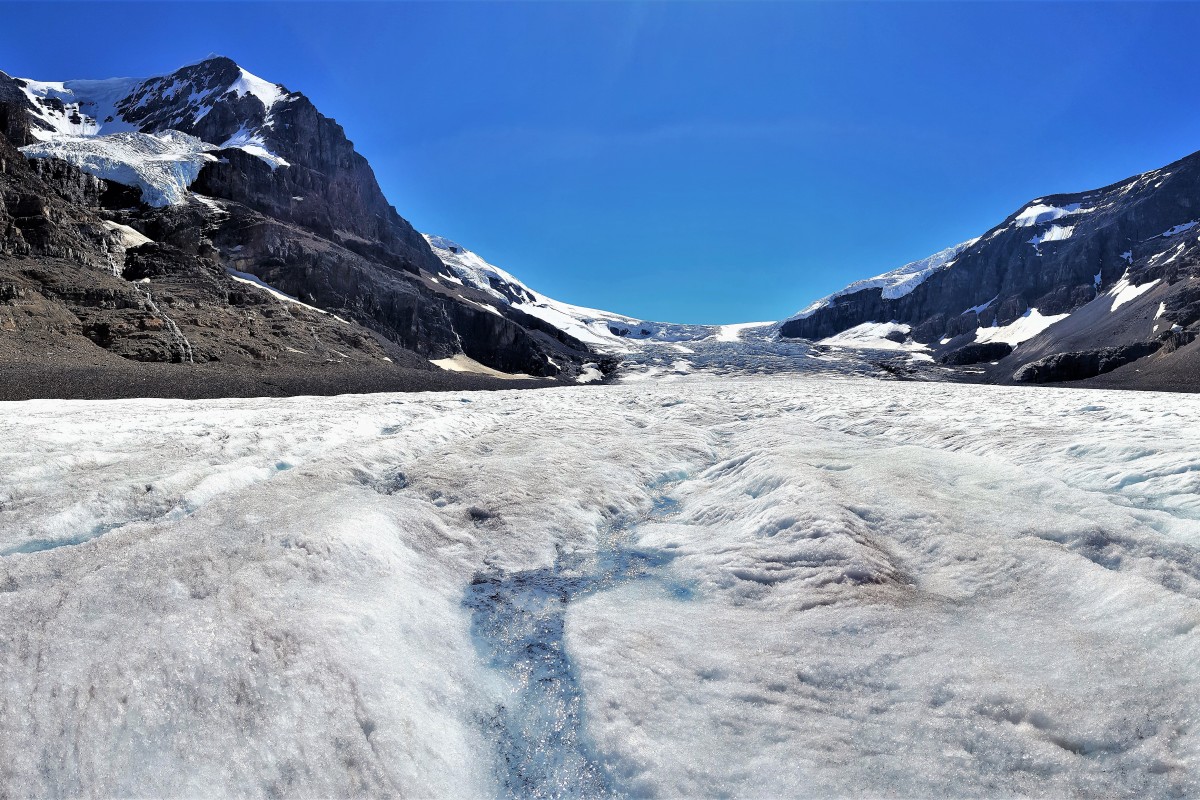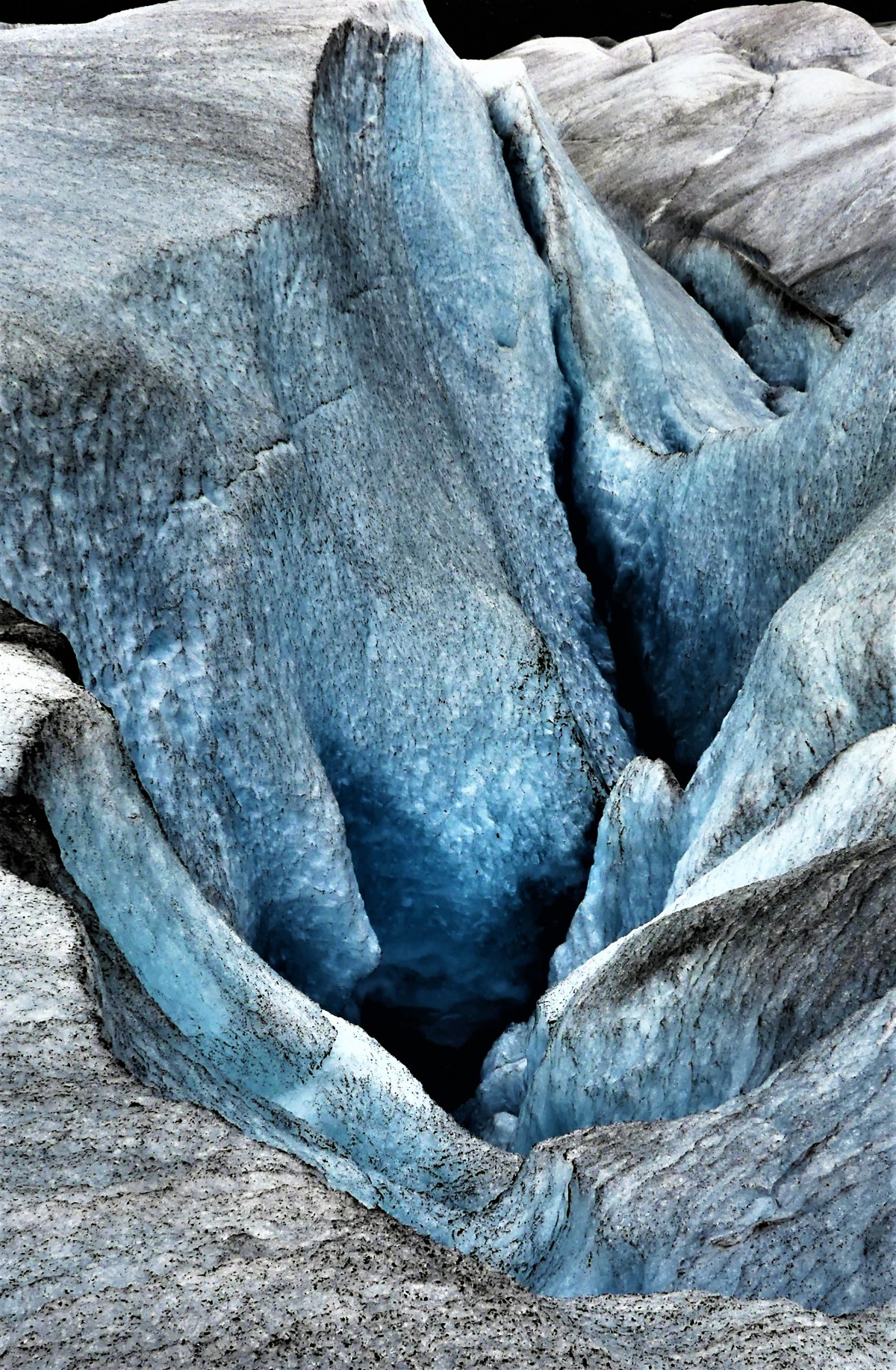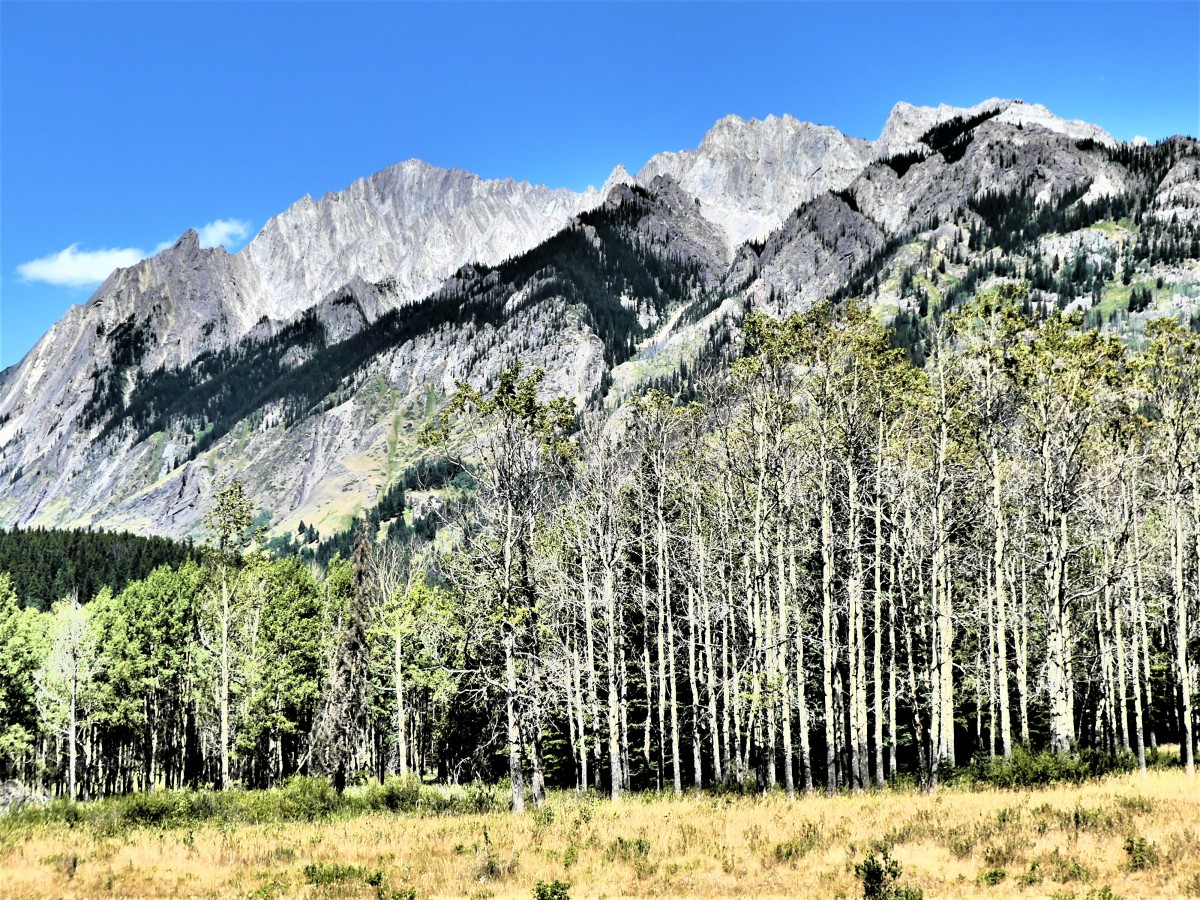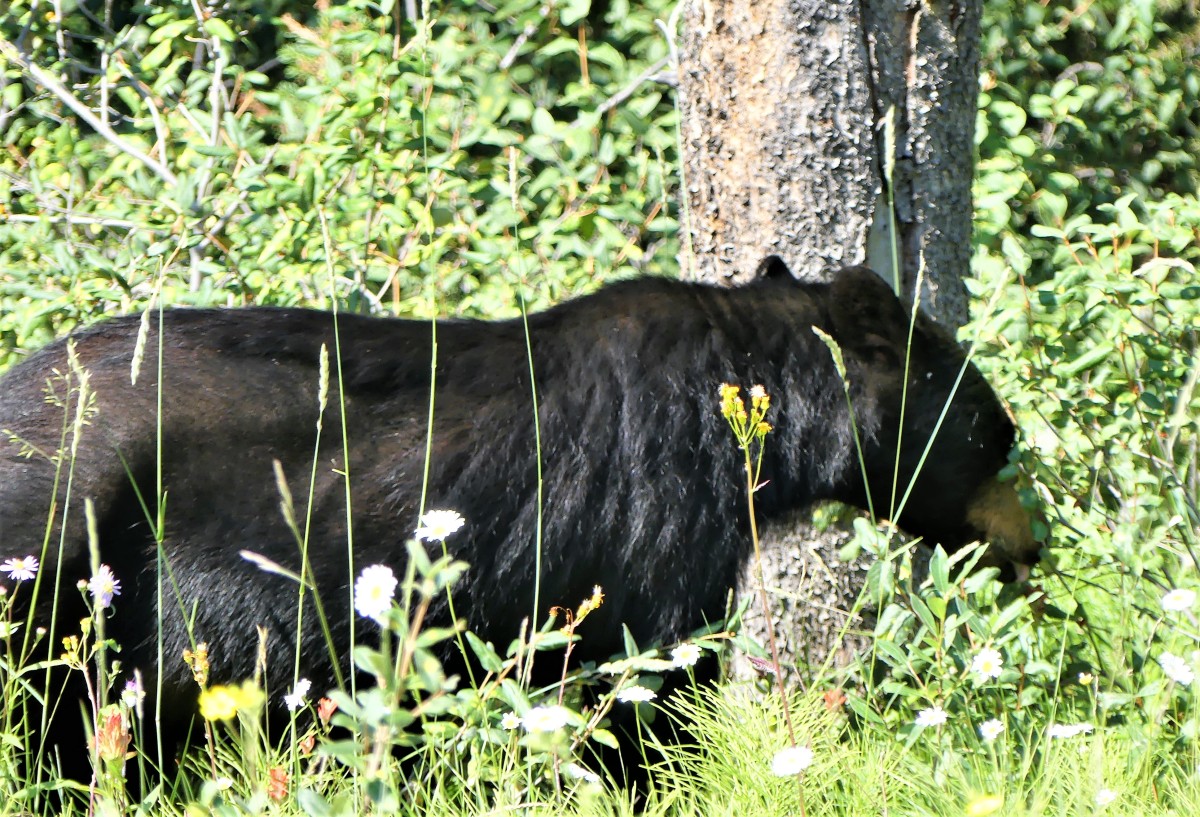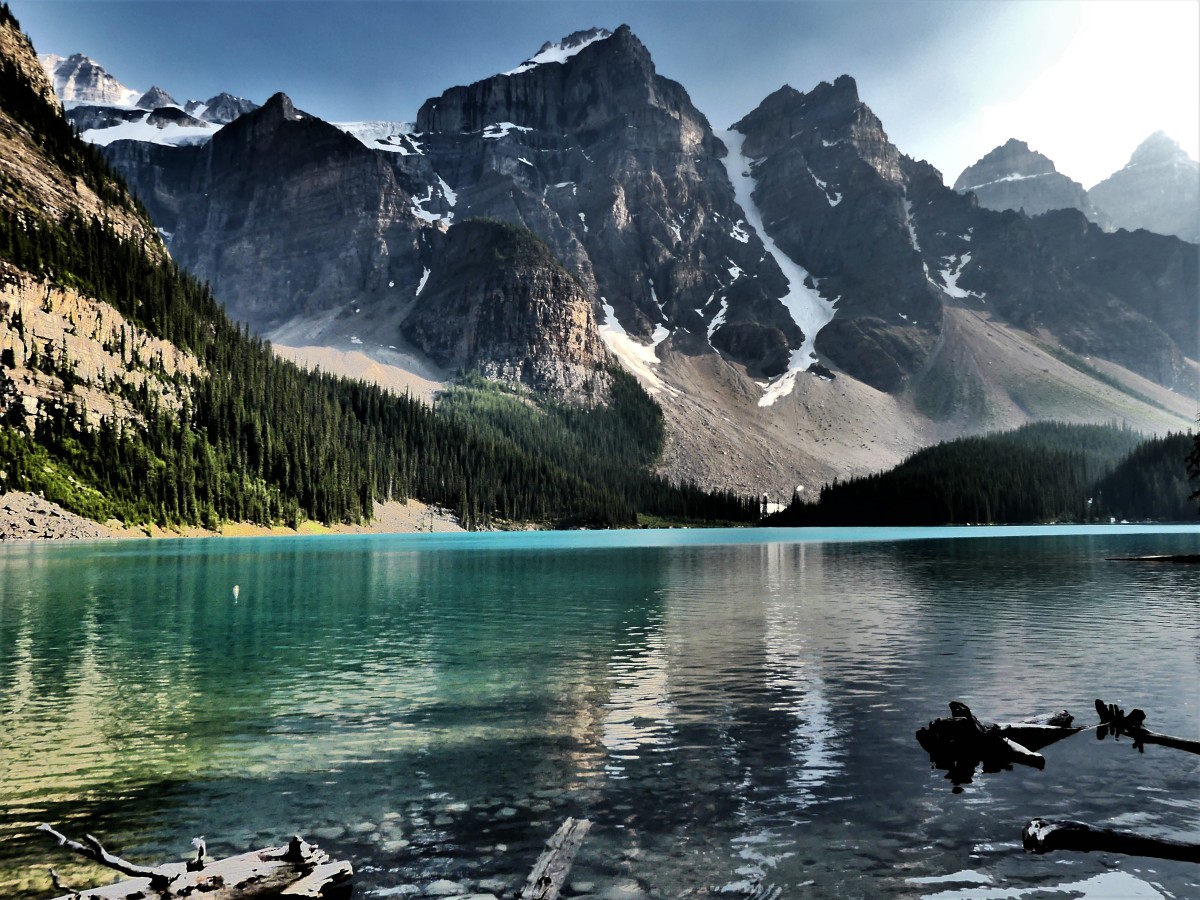California stopped us right in our tracks. We had just crossed the Oregon state-line, only to be unexpectedly diverted to a border patrol checkpoint.
“What could we have possibly smuggled into California from Oregon that would need further inspection? Maybe they’re looking for the coyote who’s been running Canadians into the States?” I posed.
“More likely, there’s a bounty or some kind of quota for captured Mexicans,” Leah contributed.
Ahead of us, the RV from Nevada was being questioned. He pulled away, and then it was our turn.
Waiving us forward, “Wow,” the California agent exclaimed. “You guys are all the way from New Jersey?”
I’m almost certain his eyes lit up behind his dark glasses. “Do you know anything about gypsy moths?” he asked.
“We are, and I do,” I responded to both questions.
“Well then, since you won’t be needing this brochure about gypsy moths, would you do me the favor of pulling up to those cones over there,” he indicated, “and I’ll have an officer come by to check things out in a jiffy. We won’t keep you very long.”
“Are we really getting checked for moths?” I asked rhetorically, as I crept to the cones.
“I don’t know,” Leah admitted, “but I can see two guys in my mirror, and they’re coming up to the Airstream, and one of them is carrying something big, but I can’t make it out.”
“I suppose it makes sense, considering the importance of protecting America’s timber land,” I stated. “In fact, what this country needs is a net. The United States government should cast a tremendous net over America’s airspace to protect us from immigrant leaf-eaters that only mean to do us harm. These are very bad bugs–the worst you’ll ever find anywhere–and these bugs have to be stopped before they threaten the security of this great country. Believe me. Thank you very much.” I campaigned.
“And this net…are you gonna get the bugs to pay for it?” Leah mused.
The inspector set the car dolly on the ground and crab-walked around the Airstream undercarriage while on his back, poking around with his fingers and a flashlight. He started on the left side of the Airstream, and I followed him as he scooted under the tail to the other side for more of the same.
After completing the circle, he stood and declared, “All clean. These campers are completely sealed. Those guys do a good job.”
“And made in America!” I chimed in.
He stamped my official Certificate of Inspection, and bid us safe travels.

Certified predator-free, we were now permitted to resume our journey throughout California, with Redwood National Park as our first stop.
Redwood National Park is a splinter of a park that hugs the rocky northern coast, and reaches across the Yurok Reservation and reciprocating California State Park affiliates.
Because Redwood is not a traditional National Park, it can easily get under your skin. Navigating through the blurred lines of park boundaries always had me wondering if we were “in” the park or not, as we rode Redwood Highway through forests and meadows to beaches and towns.
Unlike other parks, there is no entrance fee, but then again, there’s also no practical way of collecting a fee when the road is open to all traffic.
We set up camp on the bank of the Klamath River,

and explored in earnest the following day when we followed the river to the estuary,

where a family of barking sea lions,
and humans…

…frolicked in the sea spray and sea foam.

We continued our hike along the Coastal Trail, with views north…

…and south of High Bluff overlook.

“I miss the ocean,” I confessed to Leah. “There’s something serene about staring into the surf.”
Although three months had passed since visiting the Jersey shore, I was immediately transported back to a familiar scene of waves rhythmically crashing against the rocks.

“Let’s go find some redwoods,” Leah advocated, pulling me out of my trance.
We branched out to a deeper part of the jigsawn park, and settled on a grove of giants dedicated to the beatification efforts of Lady Bird Johnson by Richard Nixon.
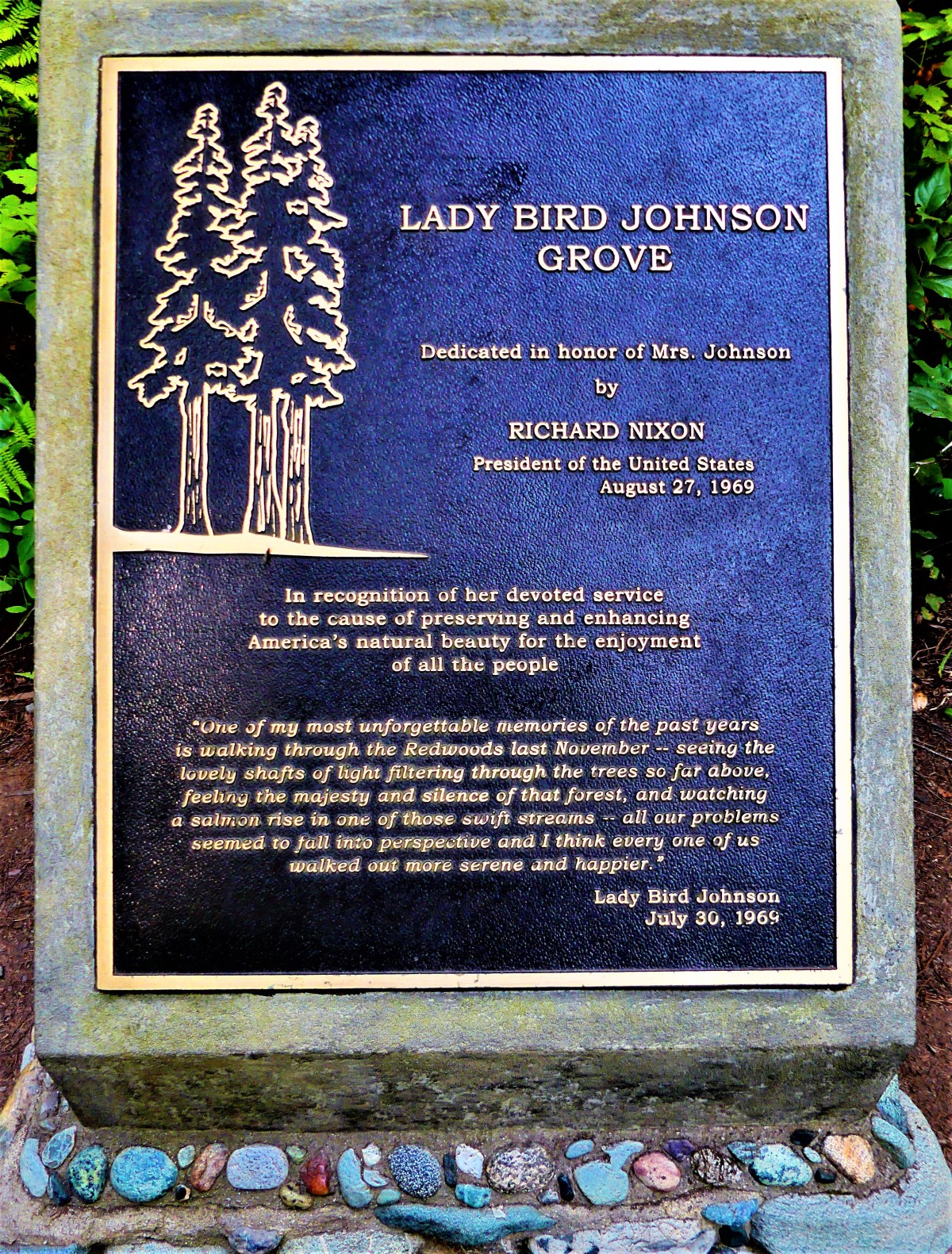
With ancient redwoods as old as 2500 years and reaching upwards of 380 feet, the notion of something bigger than oneself becomes more than a literal interpretation.
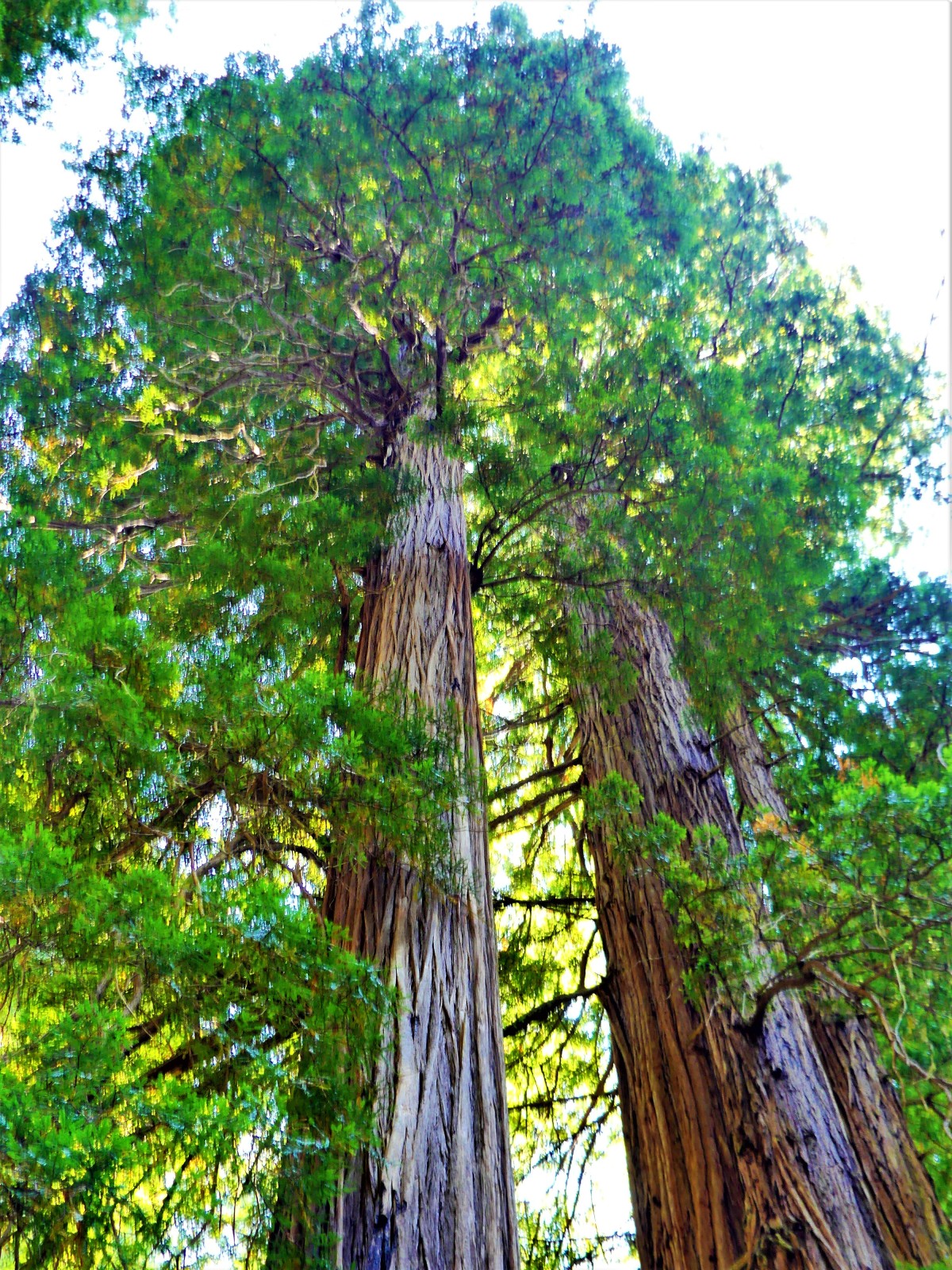



How fortunate we felt to be bathed in streaming shafts of light–dancing between feathered limbs, and flickering in the balmy breeze.

There’s much to learn from trees that have survived the dinosaur. Redwoods are a family of trees that share root ancestry to keep them anchored. They propagate by seed or by sprout, and are known to sacrifice themselves for the benefit of the younger and stronger sibling.

The redwood’s bark may grow to two feet in thickness to protect itself from fire damage. However, repeated fires can eventually penetrate through the bark, leaving the tree to rot out from the core,

and yet…it may still survive.

Even in death, there is a twisted beauty to be found in its decomposition.

At the dedication ceremony to honor Lady Bird Johnson, President Nixon intoned,
…to stand here in this grove of redwoods, to realize what a few moments of solitude in this magnificent place can mean, what it can mean to a man who is President, what it can mean to any man or any woman who needs time to get away from whatever may be the burdens of all of our tasks, and then that renewal that comes from it…
As I strolled through the grove surrounded by God’s fingers, oh, how I prayed that Donald Trump could take Nixon’s advice, and listen to the trees’ whispers for just “a few moments”.















